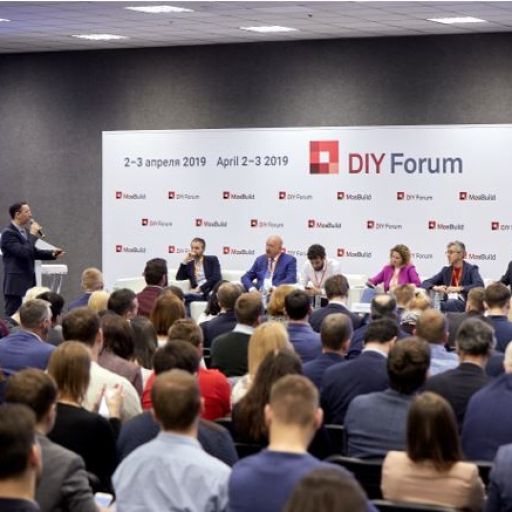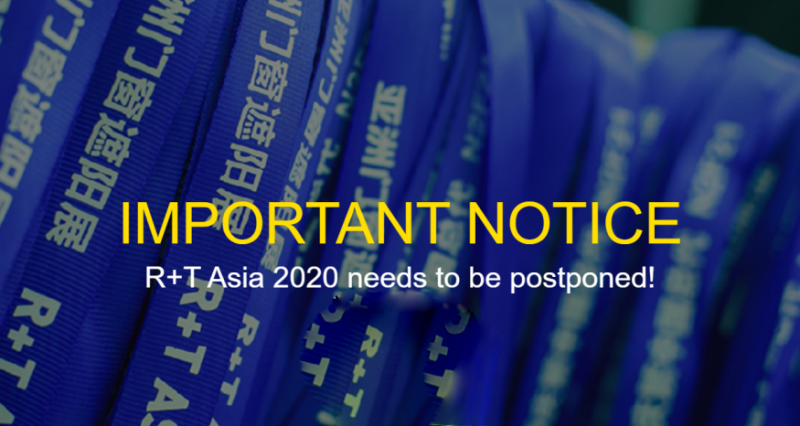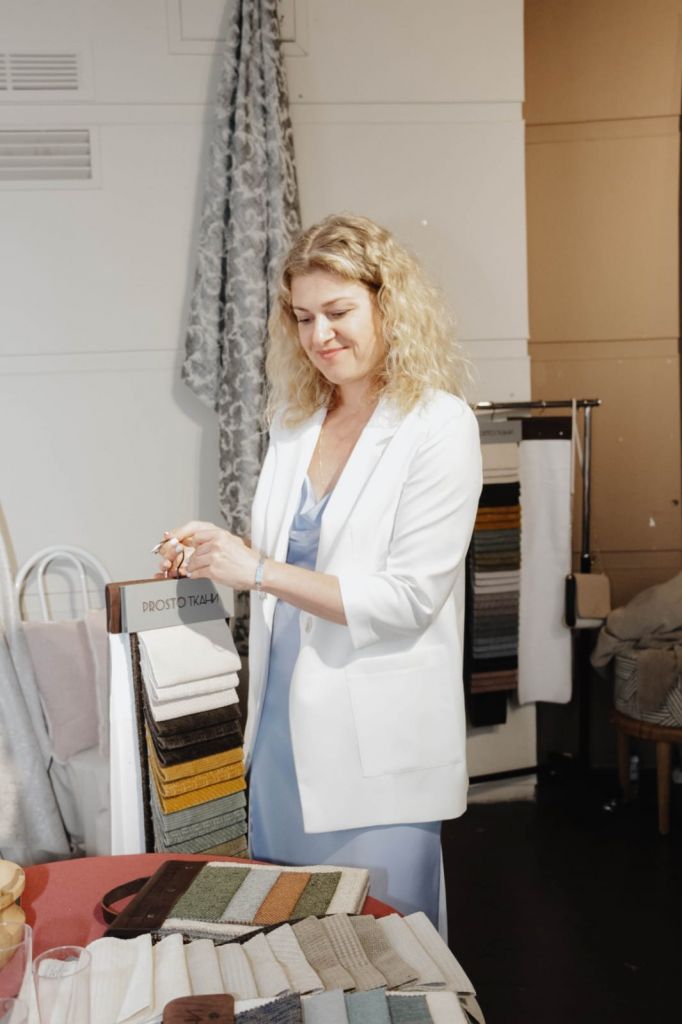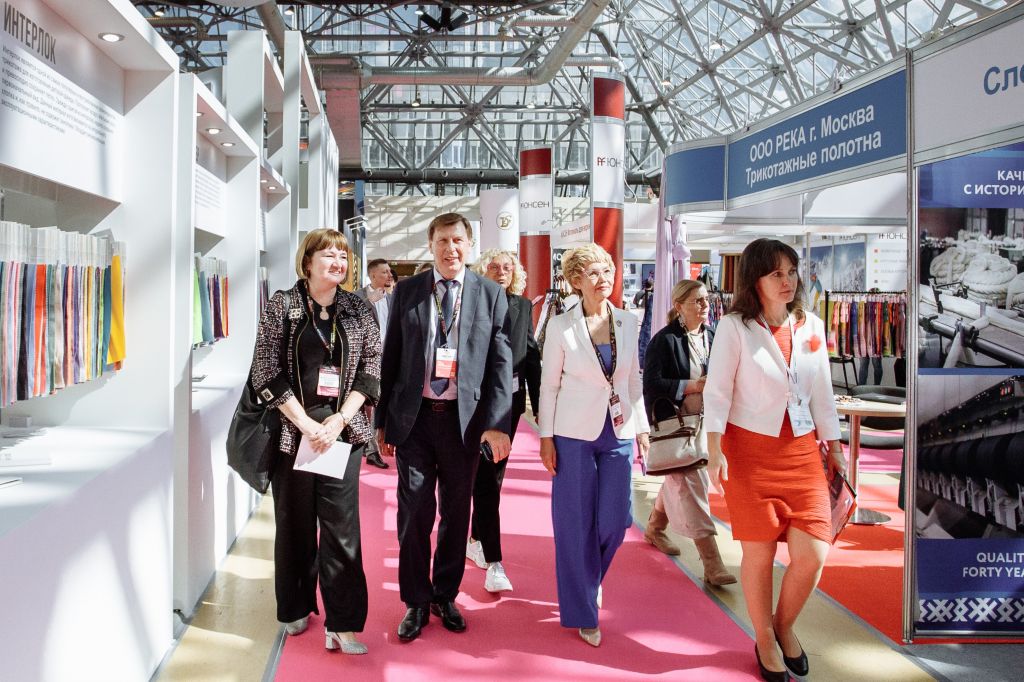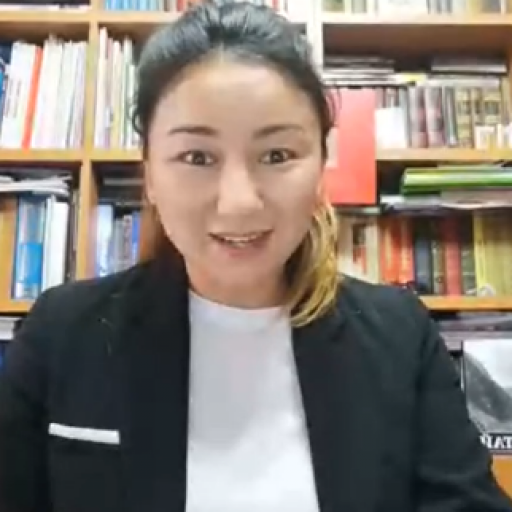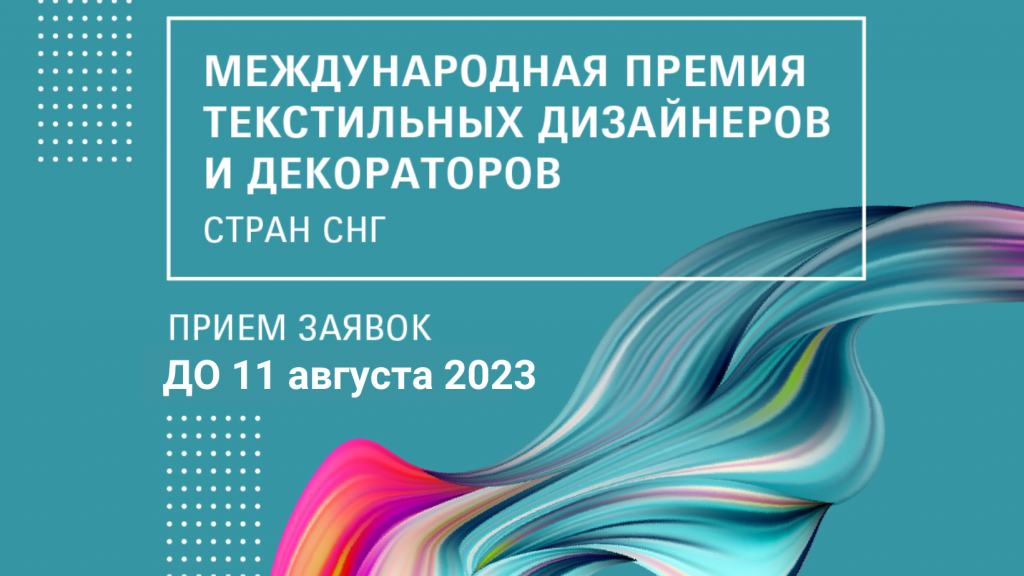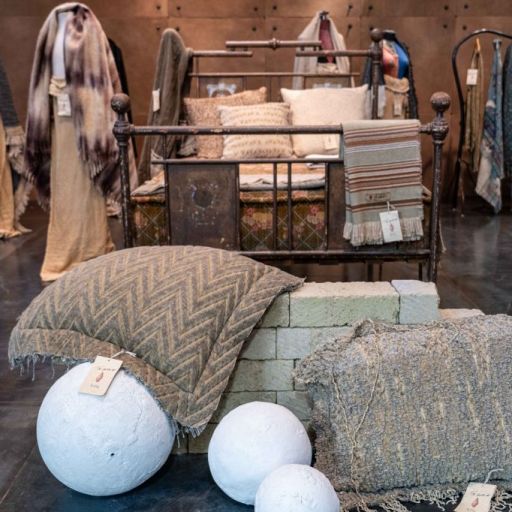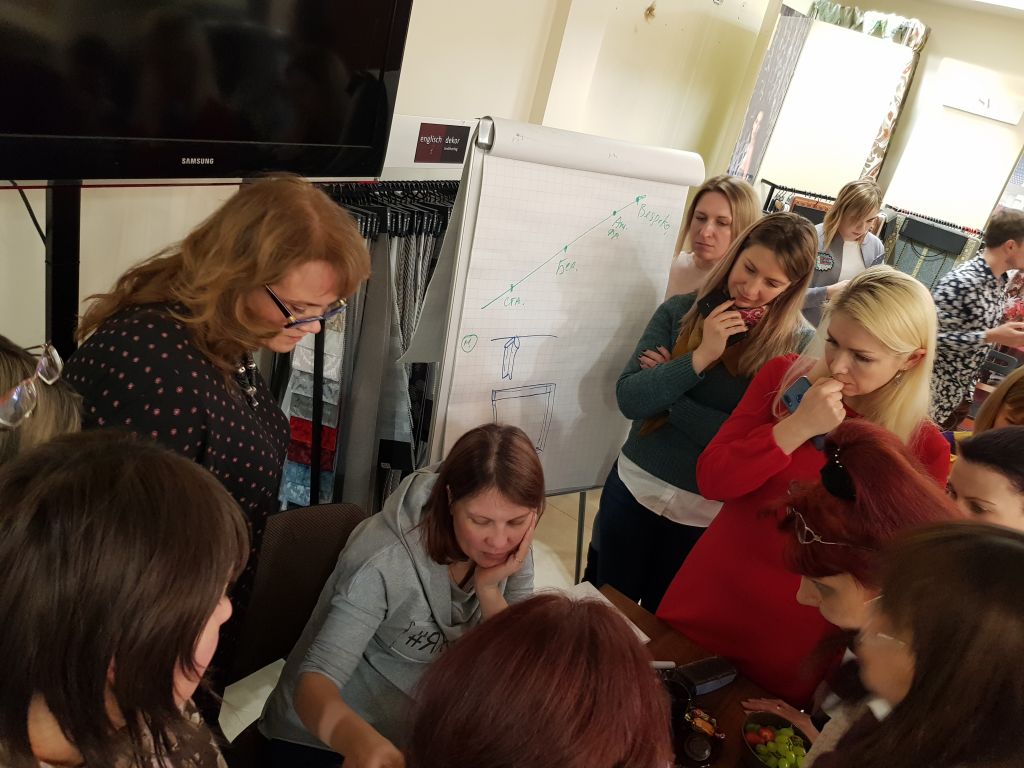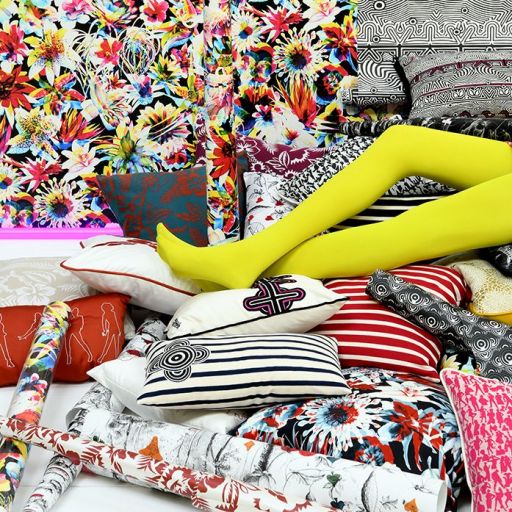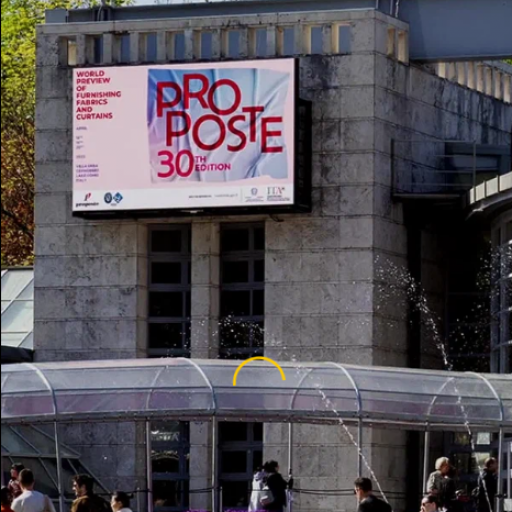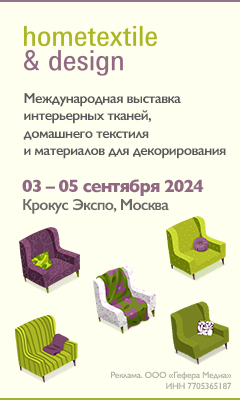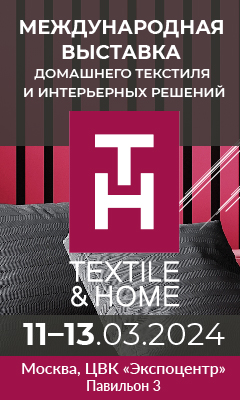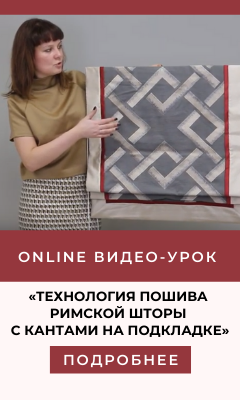CHINESE FACTORIES’ DIRECT SPEECH. Taeren Fabric
Just before the show, we asked Chinese companies to tell about their manufactories and tendencies happening in the Chinese textile market in general.
11.07.2018, Выставки
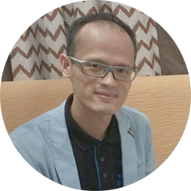
Haigang Xu, sales manager
Hello!
Taeren Fabric has been producing textiles for almost 30 years. We are well-known in the Chinese market for our plain fabrics as well as linen jacquards and upholstery fabrics.
Taeren Fabric sells products worldwide and we are also the main producer for some famous world brands.
The company is located in Xucun (Haining City, Zhejiang Province, China). Production capacity – 5000 meters per day.
Taeren Fabric has been producing textiles for almost 30 years. We are well-known in the Chinese market for our plain fabrics as well as linen jacquards and upholstery fabrics.
Taeren Fabric sells products worldwide and we are also the main producer for some famous world brands.
The company is located in Xucun (Haining City, Zhejiang Province, China). Production capacity – 5000 meters per day.
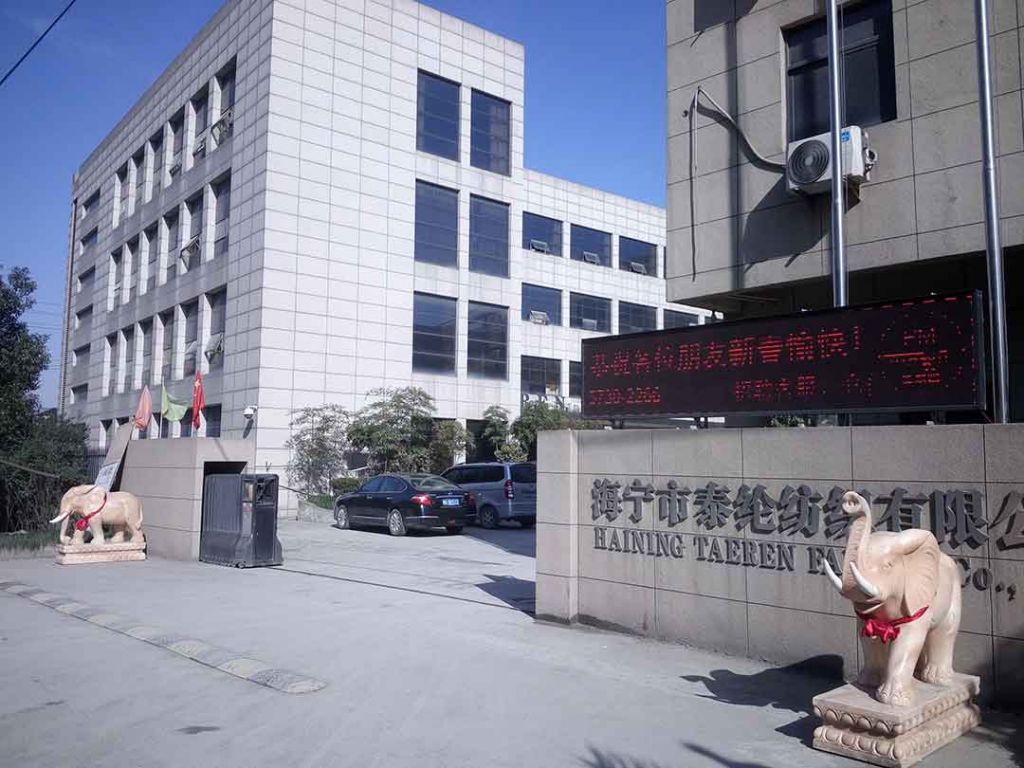
I want to emphasize that we are a producer. Many wholesale companies nowadays are trying to develop their own brand and pretend they are manufacturers because retailers prefer working with producers directly but not with wholesale traders.
There are 22 high speed dobby looms, imported from Italy in our 3000 square meters manufactory.
We have 89 employees working for us and the staff will expand – we are going to start a ready-made textile production.
There are 22 high speed dobby looms, imported from Italy in our 3000 square meters manufactory.
We have 89 employees working for us and the staff will expand – we are going to start a ready-made textile production.
Taeren Fabric was founded in 1989. To make better living for their family, a carpenter and a tailor bought two old jacquard machines and started weaving business.
In the early 1980s many textile companies started their way here in Xucun that is now well known for its fabrics. At the very beginning these little workshops were funded by government. Then they evolved into factories and became private properties. There was no investment from 3rd party companies, the textile industry was evolving naturally.
The owners of these workshops kicked off the business.
In 2008 the whole factory moved into the new building, and some new equipment was imported from Italy.
In the early 1980s many textile companies started their way here in Xucun that is now well known for its fabrics. At the very beginning these little workshops were funded by government. Then they evolved into factories and became private properties. There was no investment from 3rd party companies, the textile industry was evolving naturally.
The owners of these workshops kicked off the business.
In 2008 the whole factory moved into the new building, and some new equipment was imported from Italy.
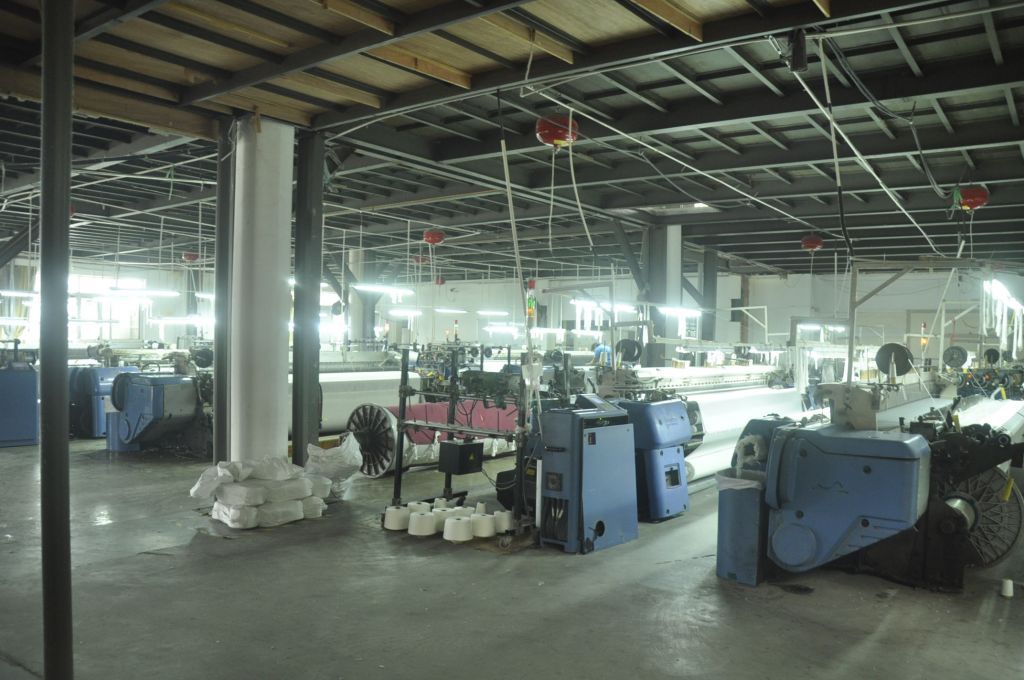
I joined Taeren team in 2009 and I’m the co-founder of the company. I have a technical background in electronic engineering.
We are a big family, working and living together. We also try to run our family business in a modern way. We see ourselves as employers and investors, not as owners.
I have two children; I spend a lot time with them. I’m trying to educate them and form good habits. My family and my kids is the biggest achievement in my life.
I think my hobby is design. I create fabrics as well as software.
It usually happens this way:
1. Inspiration stage – we collect information from the market, fashion elements and colors.
2. Trial stage – we develop small yarn collections and then produce fabrics.
3. Small production stage – we start small-scale production of fabrics.
4. Mass production stage – we launch large production and keep fabrics in stock.
When a collection is released, we are trying to improve and develop our next collections on its basis. We keep a collection in stock and production for at least 2 years since its release.
We are a big family, working and living together. We also try to run our family business in a modern way. We see ourselves as employers and investors, not as owners.
I have two children; I spend a lot time with them. I’m trying to educate them and form good habits. My family and my kids is the biggest achievement in my life.
I think my hobby is design. I create fabrics as well as software.
It usually happens this way:
1. Inspiration stage – we collect information from the market, fashion elements and colors.
2. Trial stage – we develop small yarn collections and then produce fabrics.
3. Small production stage – we start small-scale production of fabrics.
4. Mass production stage – we launch large production and keep fabrics in stock.
When a collection is released, we are trying to improve and develop our next collections on its basis. We keep a collection in stock and production for at least 2 years since its release.
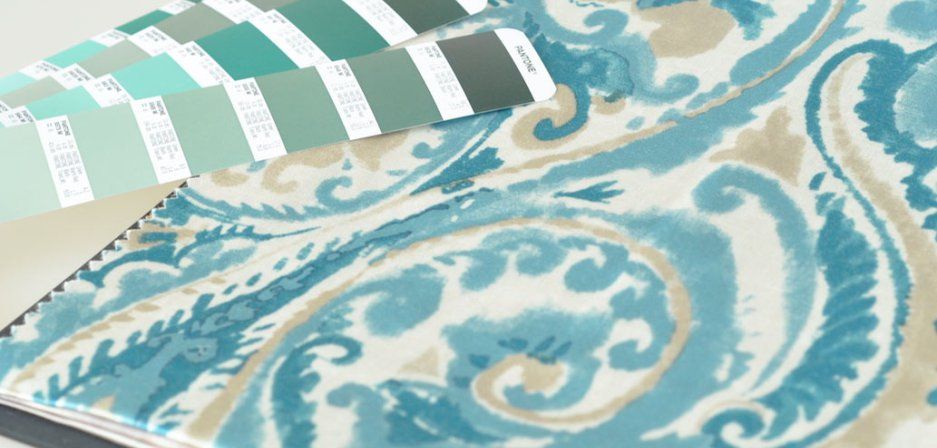
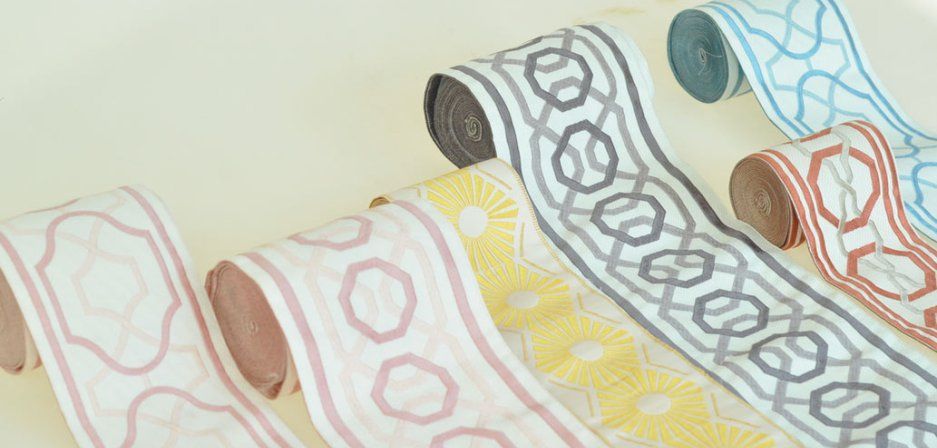
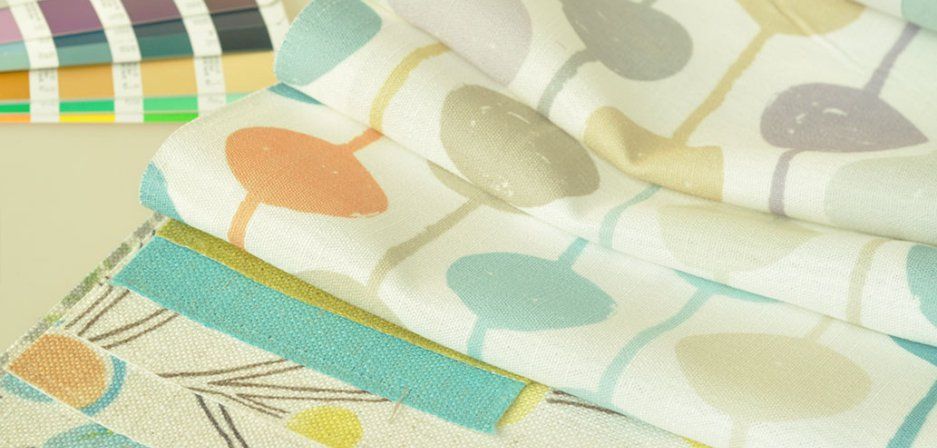
While creating new collection we follow such principles as:
1. Stable quality.
2. Classic, fashionable and long-lasting design.
3. Safety and ecological friendliness.
4. Maintaining of production at least for 3 years before releasing it.
For jacquards the main principle is to develop designs that have the same form, size and touch feel in order to unite them in one collection. We usually use 30-100 colors for plain fabric.
1. Stable quality.
2. Classic, fashionable and long-lasting design.
3. Safety and ecological friendliness.
4. Maintaining of production at least for 3 years before releasing it.
For jacquards the main principle is to develop designs that have the same form, size and touch feel in order to unite them in one collection. We usually use 30-100 colors for plain fabric.
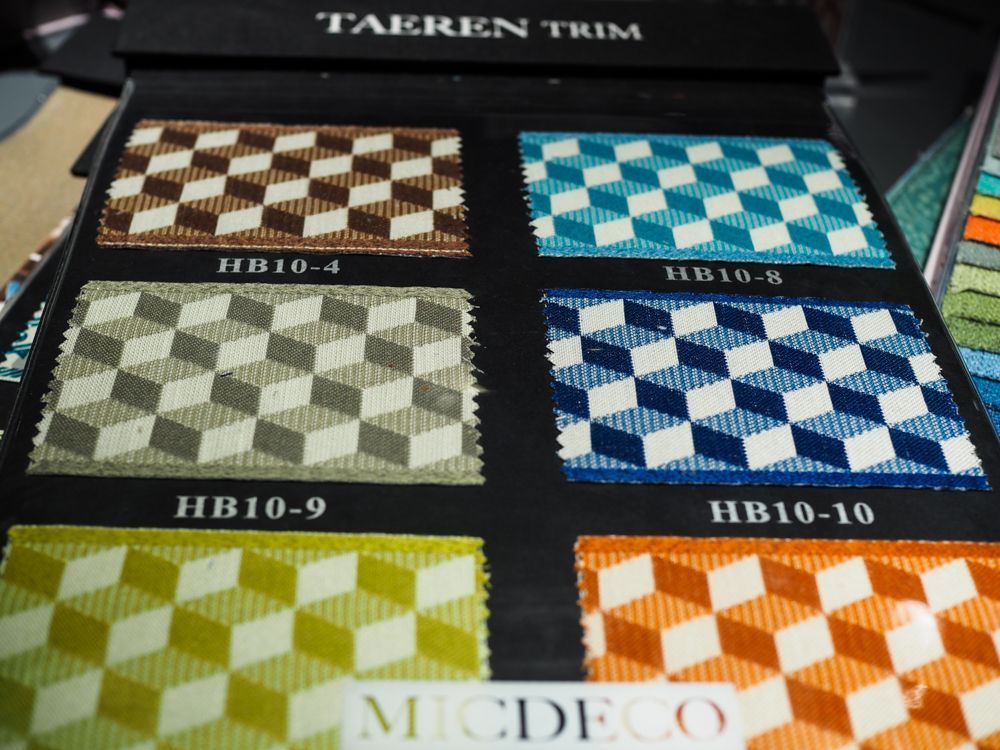
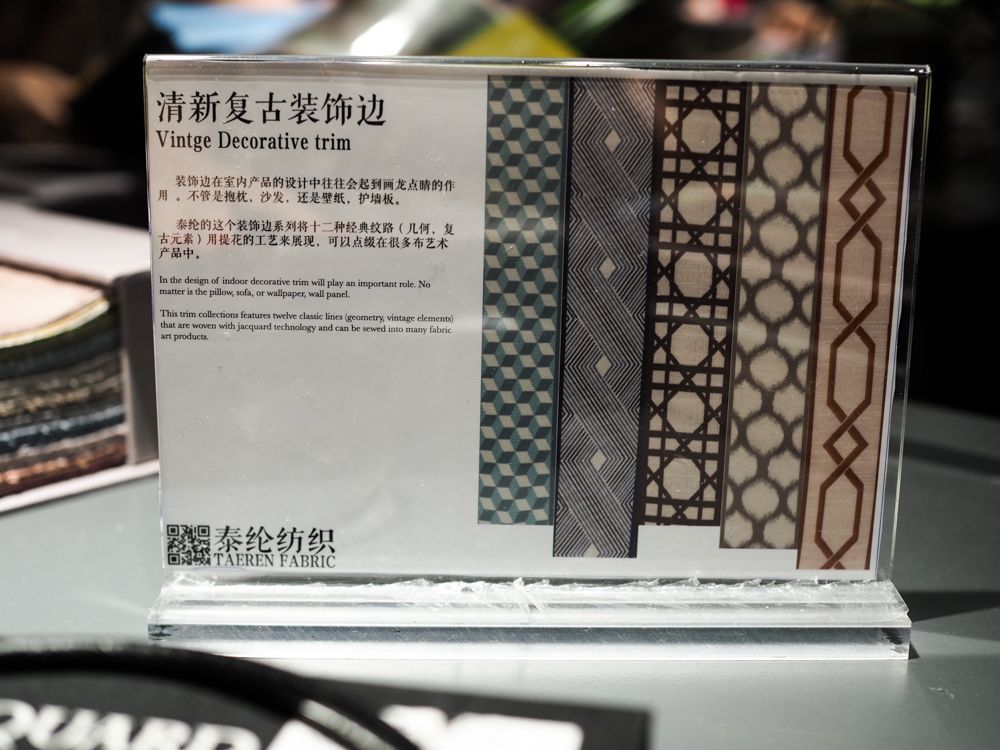
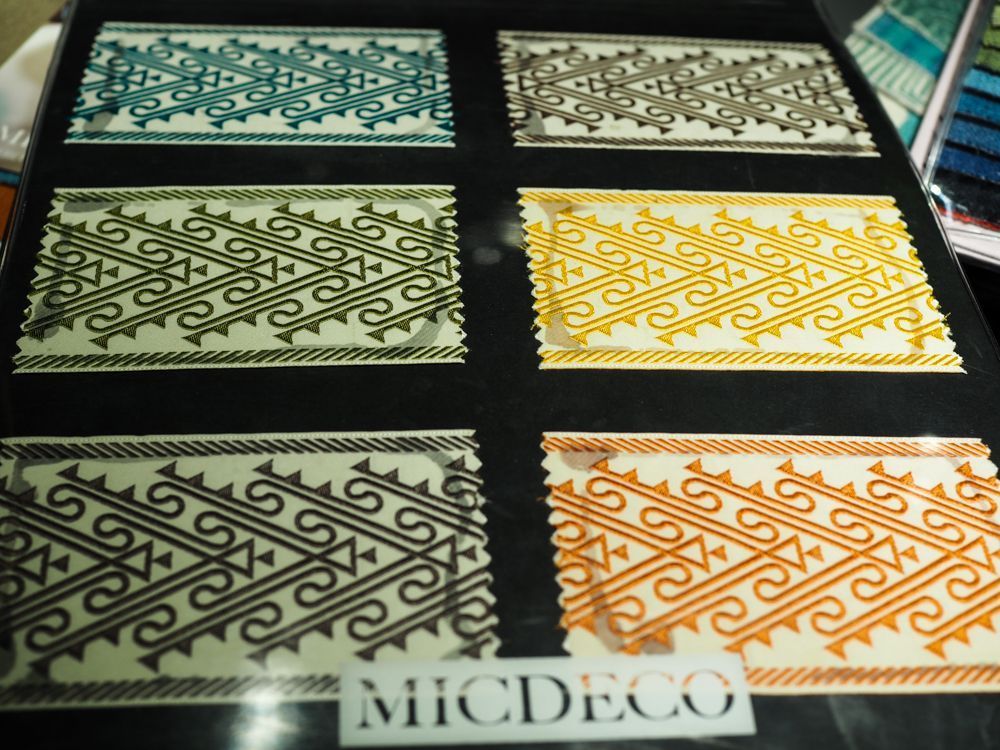
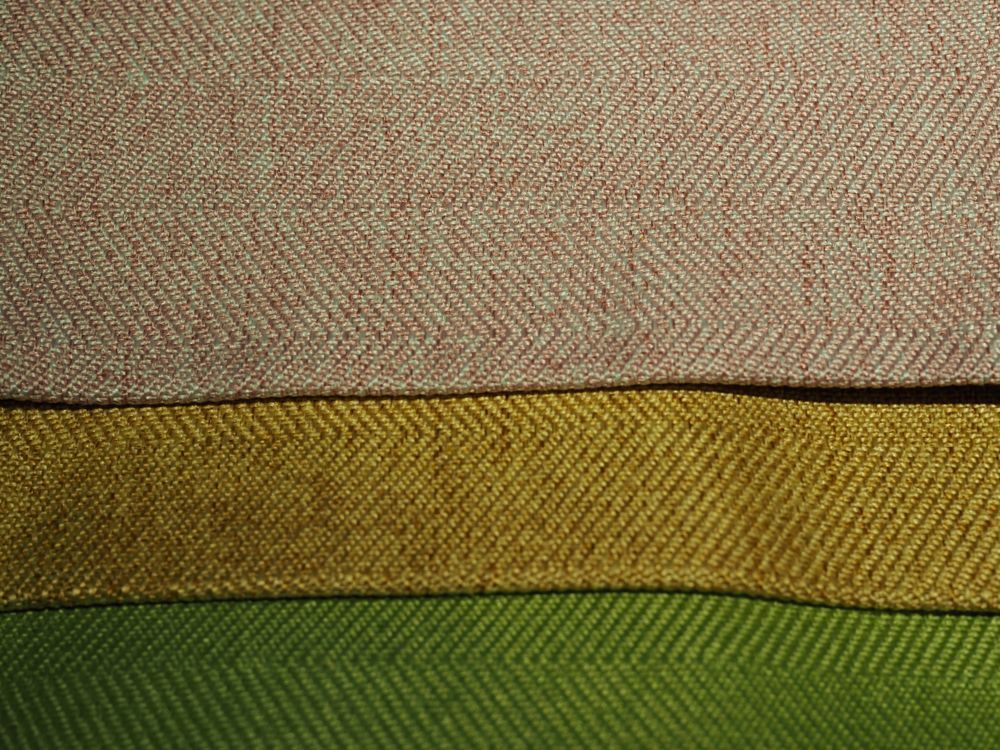
Yes, technologies keep changing, but at the same time classic designs are still in demand. Good looms are an advantage for any manufactory but good designs, yarn suppliers and qualified workers are more important.
Our looms were imported from Italy almost 10 years ago, the technologies aren’t new but the thing is that we have very good yarn suppliers, designs and experience in production.
Our looms were imported from Italy almost 10 years ago, the technologies aren’t new but the thing is that we have very good yarn suppliers, designs and experience in production.
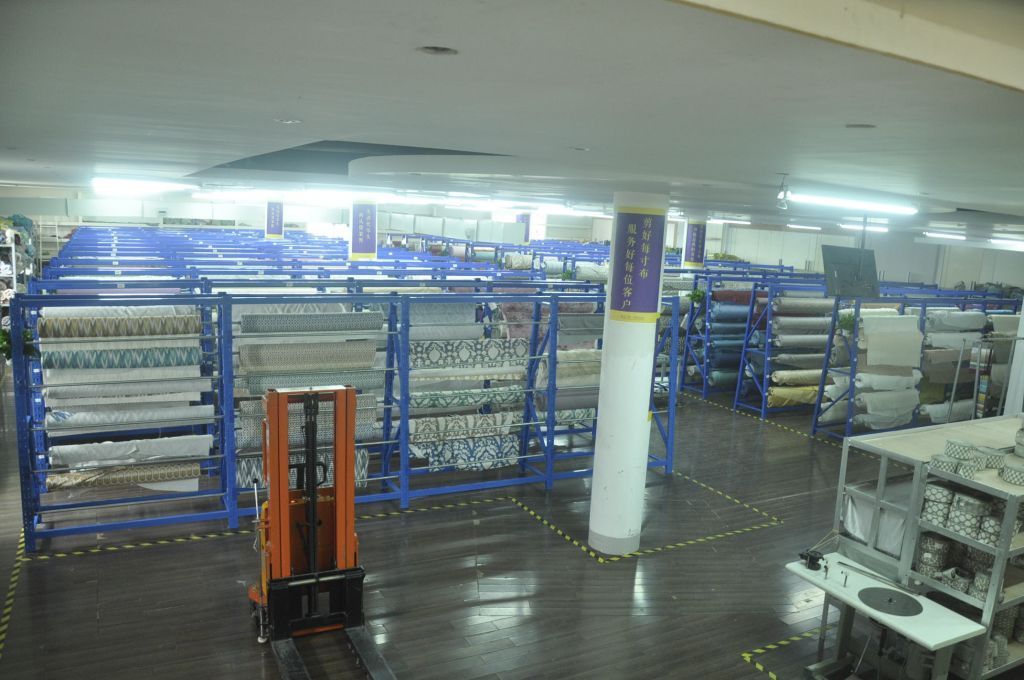
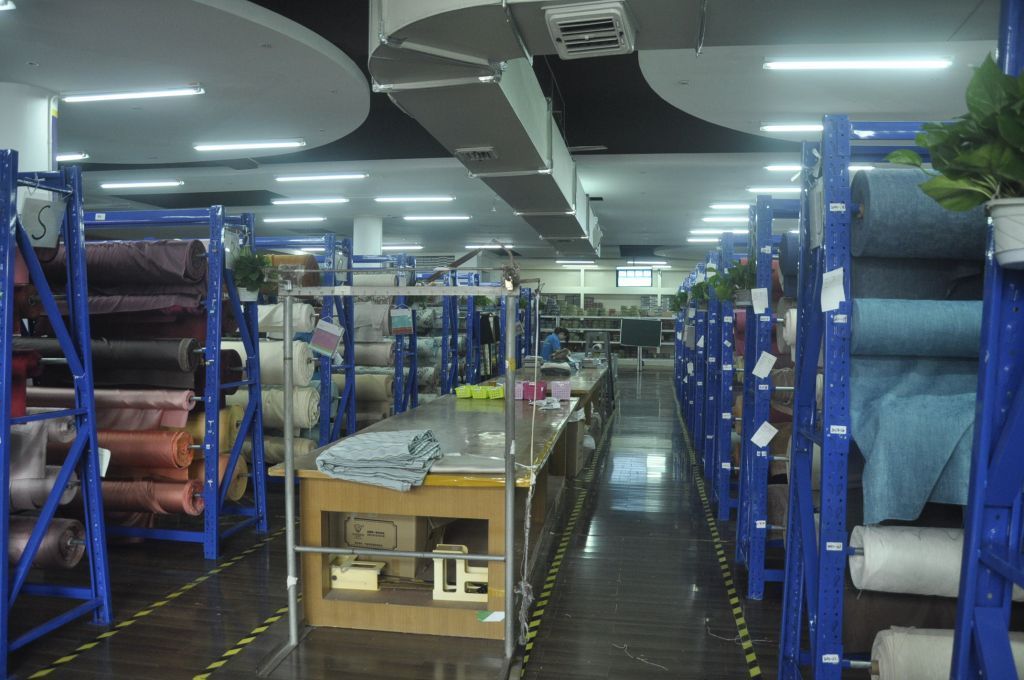
I believe we should pay more attention to yarns used for plain fabrics production to make them look unique and at the same time classic.
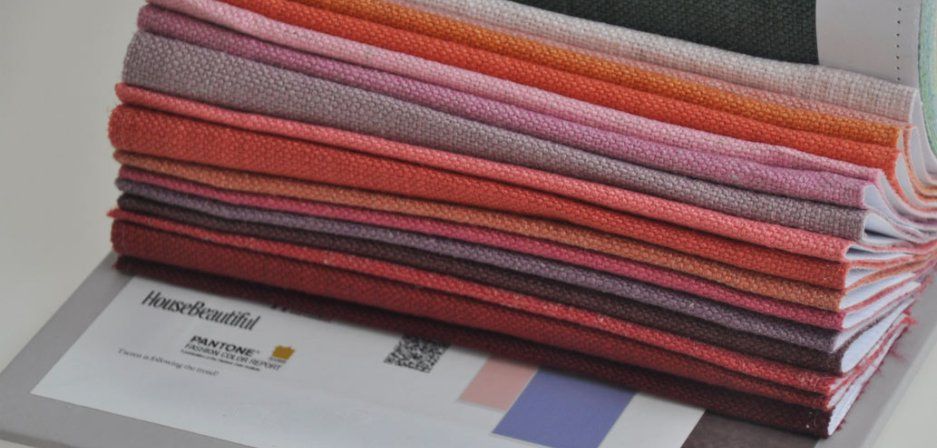
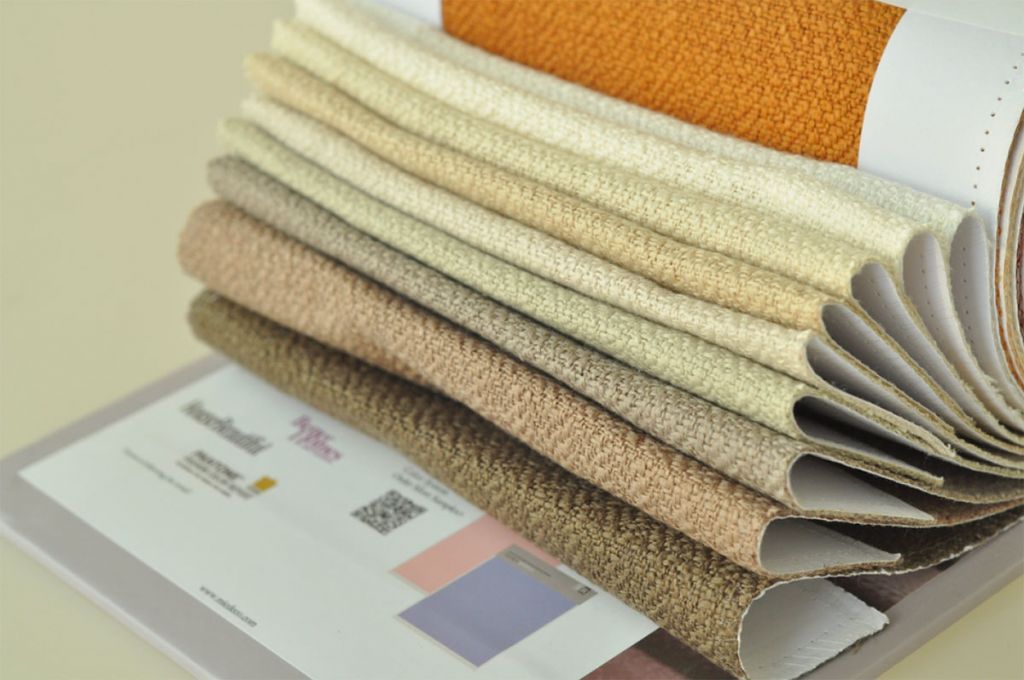
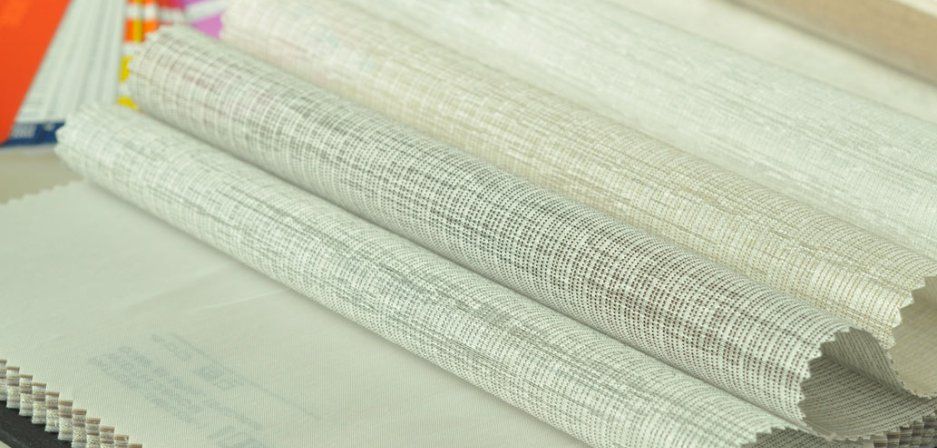
In China, as well as in Russia, clients order curtains in different ways. High-end customers go to design studios, low-end ones order from curtain retailer shops.
Currently our clients can be divided into several categories:
1. Curtain retail shops.
2. Interior designers.
3. Interior textile retail shops.
4. Furniture manufactories.
5. Wholesale textile companies.
Curtain retail shops are the most common way to “make” curtains for a client. They usually measure windows’ size and then purchase fabric from us. They have their own sewing machines, but now there are sewing workshops providing sewing services for them.
Market is now changing a lot, competition becomes more severe. Furniture shops and wallcovering shops started selling curtains which means curtain retail shops are suffering and have to find new ways to sustain their business.
We compete with Turkey as well as Italy in high-end market. 40 % of our production is sold abroad. We’ve now got customers in Germany, South Africa, Singapore, Philippines, Thailand, Japan and other countries.
Some companies dealing with us have a long history, more than 150 years, so we have to pay attention to the quality of our production and to deliver it in time.
We have, for example, clients in Germany demanding premium quality. But in China things are pretty much the same. Most of our Chinese retailers want us to provide fabrics without any defects. The parameters of fabric should also meet their needs.
That’s why our quality assessment process is extremely strict in terms of defect checking.
Currently our clients can be divided into several categories:
1. Curtain retail shops.
2. Interior designers.
3. Interior textile retail shops.
4. Furniture manufactories.
5. Wholesale textile companies.
Curtain retail shops are the most common way to “make” curtains for a client. They usually measure windows’ size and then purchase fabric from us. They have their own sewing machines, but now there are sewing workshops providing sewing services for them.
Market is now changing a lot, competition becomes more severe. Furniture shops and wallcovering shops started selling curtains which means curtain retail shops are suffering and have to find new ways to sustain their business.
We compete with Turkey as well as Italy in high-end market. 40 % of our production is sold abroad. We’ve now got customers in Germany, South Africa, Singapore, Philippines, Thailand, Japan and other countries.
Some companies dealing with us have a long history, more than 150 years, so we have to pay attention to the quality of our production and to deliver it in time.
We have, for example, clients in Germany demanding premium quality. But in China things are pretty much the same. Most of our Chinese retailers want us to provide fabrics without any defects. The parameters of fabric should also meet their needs.
That’s why our quality assessment process is extremely strict in terms of defect checking.
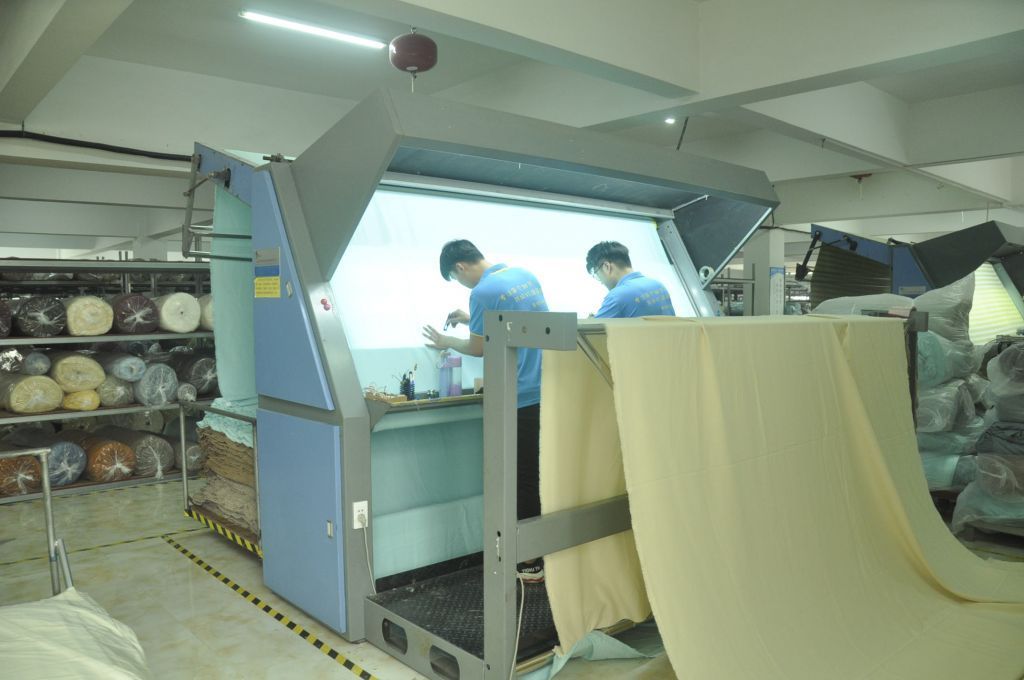
Of course, clients’ needs are different. Different countries have different climate as well as culture. For example, our African clients prefer linen fabrics.
Even in China we have quite a lot of specific features because it’s a big country where the representatives of different cultures live. They have different color preferences, for example.
People, living in northern provinces will more likely buy thick fabrics and those who live in southern provinces – thin ones. Big cities are now following worldwide textile trends.
Even in China we have quite a lot of specific features because it’s a big country where the representatives of different cultures live. They have different color preferences, for example.
People, living in northern provinces will more likely buy thick fabrics and those who live in southern provinces – thin ones. Big cities are now following worldwide textile trends.
Yes, we are interested in the Russian market and I hope we’ll find clients that are stable in their local markets. We are now negotiating with three companies but haven’t started trading yet.
I hope we’ll be able to find new partners at Intertextile Shanghai in August.
I hope we’ll be able to find new partners at Intertextile Shanghai in August.
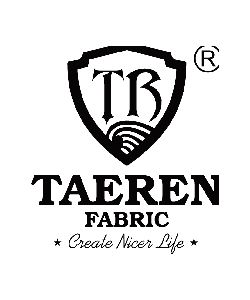
Читайте также
Получайте полезные рассылки от WilliZ
Подписываясь на рассылку, вы подтверждаете согласие с «Соглашением на обработку персональных данных».
Вам также может быть интересно
Получайте полезные рассылки от WilliZ
Подписываясь на рассылку, вы подтверждаете согласие с «Соглашением на обработку персональных данных».

 Русский
Русский
 English
English 
